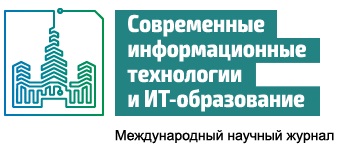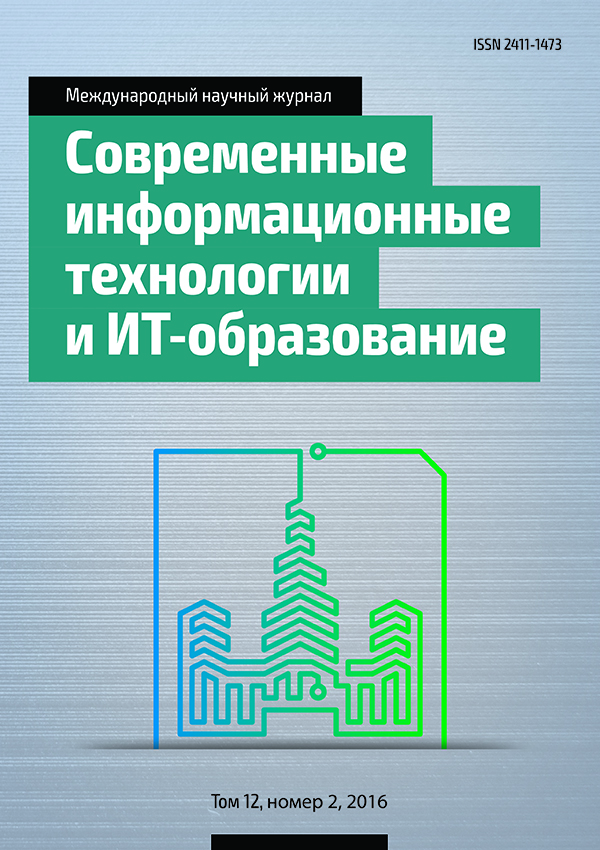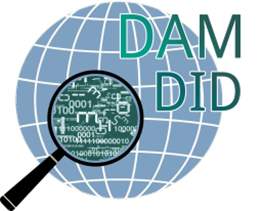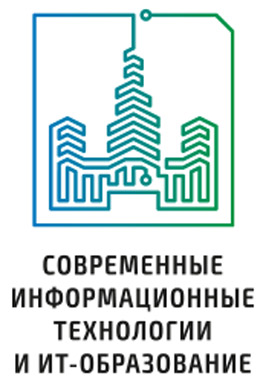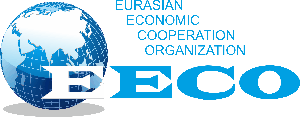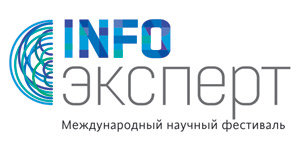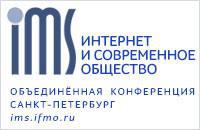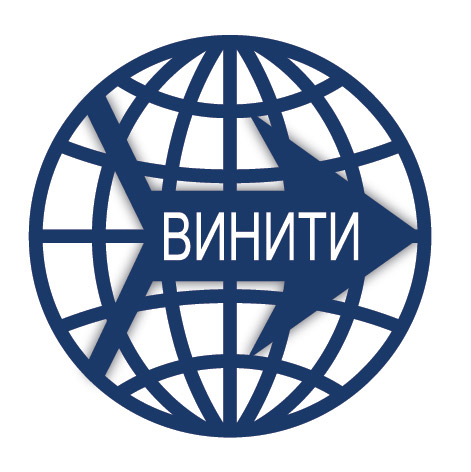КОГНИТИВНЫЕ ТЕХНОЛОГИИ В ПОДГОТОВКЕ УЧИТЕЛЯ МАТЕМАТИКИ
Аннотация
В работе рассмотрен когнитивный подход в формировании модели обучающегося и организации личностно-ориентированного обучения с использованием информационных технологий. Рассмотрен пример реализации этого подхода при изучении темы «симметрия» в курсе геометрии.
Литература
2. Когнитивный вызов и информационные технологии / Г.Г.Малинецкий [и др.] // Препринты ИПМ им. М.В.Келдыша. 2010. № 46. 28 с. URL:http://library.keldysh.ru/preprint.asp?id=2010-46
3. Корнели Дж., Данофф Ч. Парагогика: синергия самостоятельной и организованной учебной деятельности. http://upload.wikimedia.org/wikiversity/en/6/60/Paragogy-final.pdf.
4. Блинова Т.Л., Унегова Т.А. Межпредметные связи школьного курса математики c предметами естественно-научного цикла при изучении темы «симметрия». Педагогическое образование в России, 2015, №7. – С.. 165-171.
5. Блинова Т.Л., Унегова Т.А. Модель деятельности учителя математики по формированию представлений учащихся о значимости математики в жизни общества: уч.пособие для учителей. ФБОУ «Уральский государственный педагогический университет», Екатеринбург, 2014. 143 с.

Это произведение доступно по лицензии Creative Commons «Attribution» («Атрибуция») 4.0 Всемирная.
Редакционная политика журнала основывается на традиционных этических принципах российской научной периодики и строится с учетом этических норм работы редакторов и издателей, закрепленных в Кодексе поведения и руководящих принципах наилучшей практики для редактора журнала (Code of Conduct and Best Practice Guidelines for Journal Editors) и Кодексе поведения для издателя журнала (Code of Conduct for Journal Publishers), разработанных Комитетом по публикационной этике - Committee on Publication Ethics (COPE). В процессе издательской деятельности редколлегия журнала руководствуется международными правилами охраны авторского права, нормами действующего законодательства РФ, международными издательскими стандартами и обязательной ссылке на первоисточник.
Журнал позволяет авторам сохранять авторское право без ограничений. Журнал позволяет авторам сохранить права на публикацию без ограничений.
Издательская политика в области авторского права и архивирования определяются «зеленым цветом» в базе данных SHERPA/RoMEO.
Все статьи распространяются на условиях лицензии Creative Commons «Attribution» («Атрибуция») 4.0 Всемирная, которая позволяет другим использовать, распространять, дополнять эту работу с обязательной ссылкой на оригинальную работу и публикацию в этом журналe.
